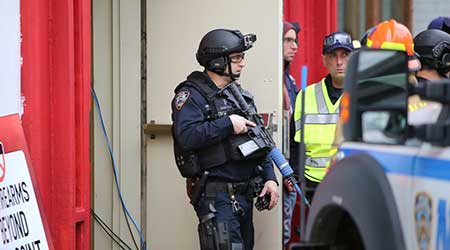In 2016, following the shootings that killed 49 people at the Pulse Night Club in Orlando, Fla., the chief of the Orange County, Fla., Fire and Rescue Department asked the National Fire Protection Association (NFPA) to develop a standard to help communities prepare for and respond to active shooter and other hostile incidents, according to an article from Building Operating Management on the FacilitiesNet website.
In 2017, NFPA formed a technical committee on Cross Functional Emergency Preparedness and Response, consisting of members from the emergency response community, as well as higher education and facility management.
Less than two years later, in April 2018, NFPA issued the Standard for an Active Shooter/Hostile Event Response (ASHER) Program as NFPA 3000. This is a provisional standard that is subject to further update and is valid for a two-year period. It is only the second provisional standard issued in NFPA history. Having this standard as provisional allows NFPA to introduce this “voluntary consensus standard” to the community while conducting ongoing research and improvements. Although this standard introduces new and non-intuitive terminology (like ASHER), it promises to save lives in communities that implement it.
The standard includes requirements for high-risk facilities. For facility managers, the efforts required to adhere to the standard should be minimal if the facility has a comprehensive and up-to-date all-hazards risk assessment, emergency response plan, or business continuity plan.
NFPA 3000 is the first standard that has formed a consensus on the components of a multidisciplinary program for responding to an active shooter or other hostile event. Those components are preparedness, response, and recovery.

 Building Sustainable Healthcare for an Aging Population
Building Sustainable Healthcare for an Aging Population Froedtert ThedaCare Announces Opening of ThedaCare Medical Center-Oshkosh
Froedtert ThedaCare Announces Opening of ThedaCare Medical Center-Oshkosh Touchmark Acquires The Hacienda at Georgetown Senior Living Facility
Touchmark Acquires The Hacienda at Georgetown Senior Living Facility Contaminants Under Foot: A Closer Look at Patient Room Floors
Contaminants Under Foot: A Closer Look at Patient Room Floors Power Outages Largely Driven by Extreme Weather Events
Power Outages Largely Driven by Extreme Weather Events